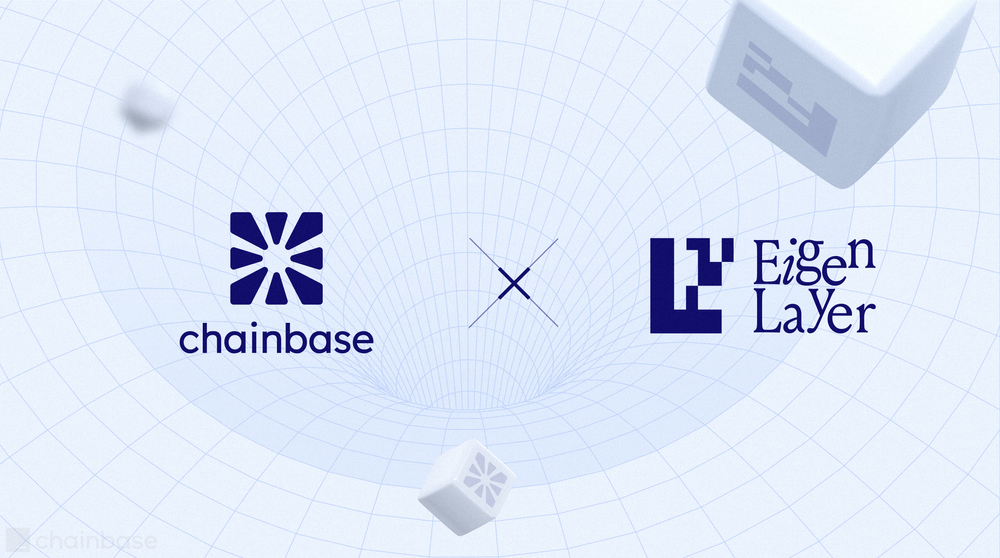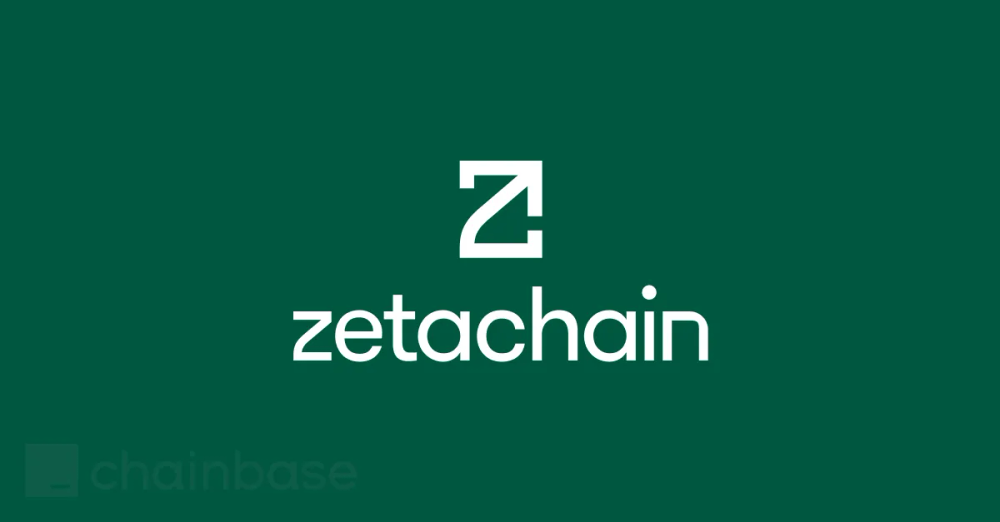When it comes to blockchain technology and cryptocurrencies, Ethereum is undoubtedly one of the stars. As one of the world's largest smart contract platforms, Ethereum has many eye-catching technical features and selling points on its public chain. One of the key metrics is the total value locked (TVL) ranking. In this article, we will delve into the top ten technical features and selling points of the Ethereum public chain, which not only attract many developers and investors, but also promote the continuous evolution of the blockchain industry.
The following is an introduction to the top ten public chains and their corresponding technical features and selling points.
Ethereum is a technology that's home to digital money, global payments, and applications. The community has built a booming digital economy, bold new ways for creators to earn online, and so much more. It's open to everyone, wherever you are in the world – all you need is the internet.
Some of its technical features and selling points are as follows:
A fairer financial system
Today, billions of people can’t open bank accounts, others have their payments blocked. Ethereum's decentralized finance (DeFi) system never sleeps or discriminates. With just an internet connection, you can send, receive, borrow, earn interest, and even stream funds anywhere in the world.
The internet of assets
Ethereum isn't just for digital money. Anything you can own can be represented, traded and put to use as non-fungible tokens (NFTs). You can tokenise your art and get royalties automatically every time it's re-sold. Or use a token for something you own to take out a loan. The possibilities are growing all the time.
An open internet
Today, we gain access to 'free' internet services by giving up control of our personal data. Ethereum services are open by default – you just need a wallet. These are free and easy to set up, controlled by you, and work without any personal info.
A new frontier for development
Ethereum and its apps are transparent and open source. You can fork code and re-use functionality others have already built. If you don't want to learn a new language you can just interact with open-sourced code using JavaScript and other existing languages.
2.Tron
TRON is an open-source public blockchain platform that supports smart contracts. TRON is compatible with Ethereum, which means that you can migrate smart contracts on Ethereum to TRON directly or with minor modifications. TRON relies on a unique consensus mechanism to realize the high TPS of the TRON network that is far beyond Ethereum, bringing developers a good experience of faster transactions.
Some of its technical features and selling points are as follows:
High-throughput
The high throughput of tronprotocol underpinned by improved network TPS, makes TRON a better option for day-to-day use than Bitcoin and Ethereum.
High-scalability
Strong scalability and smart contracts allow applications to be deployed on TRON in diverse ways, enabling tronprotocol to accommodate a sizable user base.
High-availability
tronprotocol has a more reliable network structure, user assets, and intrinsic value. Its further decentralized consensus brings a more mature rewards distribution mechanism.
BNB Smart Chain is an innovative solution to bring programmability and interoperability to BNB Beacon Chain. BNB Smart Chain relies on a system of 50 validators with Proof of Staked Authority (PoSA) consensus that can support short block time and lower fees. The most bonded validator candidates of staking will become validators and produce blocks. The double-sign detection, malicious vote detection and other slashing logic guarantee security, stability, and chain finality. Other than the 29 active validators, BSC will introduce more validators, e.g. another 20 inactive validators, into the validator set as backups, which will be called "Candidates".
Some of its technical features and selling points are as follows:
A self-sovereign blockchain:
Provides security and safety with elected validators.
EVM-compatible:
Supports all the existing Ethereum tooling along with faster finality and cheaper transaction fees.
Fast Finality:
Finalizes the chain within two blocks in most cases.
Interoperable:
Comes with efficient native dual chain communication; Optimized for scaling high-performance dApps that require a fast and smooth user experience.
Distributed with on-chain governance:
Proof of Staked Authority (PoSA) brings in decentralization and community participants. As the native token, BNB will serve as both the gas of smart contract execution and tokens for staking.
Arbitrum is a technology suite designed to scale Ethereum. You can use Arbitrum chains to do all things you do on Ethereum — use Web3 apps, deploy smart contracts, etc., but your transactions will be cheaper and faster. Our flagship product — Arbitrum Rollup — is an Optimistic rollup protocol that inherits Ethereum-level security.
Some of its technical features and selling points are as follows:
Rollup
Arbitrum’s market-leading rollup techonology uses fraud proffs to leverage Ethereum’s security and reduce transaction fees by an order of magnitude, making scalability possible.
AnyTrust
Designed for apps that require low transaction costs, AnyTrust chains rely on a Data Availability Committee that settles on Ethereum, making secure web3 gaming and social finally possible.
Orbit
Orbit chains are fully permissionless, with dedicated throughput, increased gas fee reliability, and more. Launch your own Orbit chain now.
Stylus
Deploy apps to Arbitrum chains using your favorite programing languages including Rust, C, and C++, while staying fully interoperable with the Ethereum Virtual Machine.
Polygon is a groundbreaking, Ethereum-compatible multi-chain ecosystem. Designed to address the challenges of scalability and transaction speed, it harnesses the power of the Plasma framework combined with Proof-of-Stake (PoS) validation. This synergy ensures rapid, cost-effective transactions, making Polygon an optimal choice for developers aiming to deploy efficient decentralized applications and services.
Some of its technical features and selling points are as follows:
500x lower fees
Polygon’s plasma based side chain enables faster transactions at much lower costs to developers and end users alike.
Rich Ecosystem
With thousands of applications and protocols already there, from Aave to OpenSea, Polygon is ready for builders.
Ethereum compatible
No need to rewrite code-Polygon is fully compatible with all Solidity smart contracts and Ethereum libraries.
OP Mainnet is a fast, stable, and scalable L2 blockchain built by Ethereum developers, for Ethereum developers. Built as a minimal extension to existing Ethereum software, OP Mainnet's EVM-equivalent architecture scales your Ethereum apps without surprises. If it works on Ethereum, it works on OP Mainnet at a fraction of the cost.
Some of its technical features and selling points are as follows:
Simplicity
Optimism is designed to be as simple as possible for the featureset it provides. Ideally, Optimism should be composed of the minimum number of moving parts required for a secure, scalable, and flexible L2 system. This simplicity gives Optimism's design a number of significant advantages over other more complex L2 constructions.
Pragmatism
For all its idealism, the design process behind Optimism is ultimately driven by pragmatism. The core Optimism team has real-world constraints, the projects that build on Optimism have real-world needs, and the users that engage with Optimism have real-world problems. Optimism's design philosophy prioritizes user and developer needs over theoretical perfection. Sometimes the best solution isn't the prettiest one.
Sustainability
Optimism is in it for the long haul. Application developers need assurance that the platform they're building on will remain not only operational but competitive over long periods of time. Optimism's design process is built around the idea of long-term sustainability and not taking shortcuts to scalability. At the end of the day, a scalable system means nothing without the ecosystem that sustains it.
Optimism
Of course, none of this would be possible without a sense of optimism. Our optimism about the Ethereum vision keeps this project moving forward. We believe in an optimistic future for Ethereum, a future where we get to redesign our relationships with the institutions that coordinate our lives.
Avalanche is an open-source platform for building decentralized applications in one interoperable, decentralized, and highly scalable ecosystem. Powered by a uniquely powerful consensus mechanism, Avalanche is the first ecosystem designed to accommodate the scale of global finance, with near-instant transaction finality.
Some of its technical features and selling points are as follows:
Blazingly Fast
Avalanche employs the fastest consensus mechanism of any layer 1 blockchain. The unique consensus mechanism enables quick finality and low latency: in less than 2 seconds, your transaction is effectively processed and verified.
Built to Scale
Developers who build on Avalanche can build application-specific blockchains with complex rulesets or build on existing private or public Subnets in any language.
Avalanche is incredibly energy-efficient and can run easily on consumer-grade hardware. The entire Avalanche network consumes the same amount of energy as 46 US households, equivalent to 0.0005% of the amount of energy consumed by Bitcoin.
Solidity developers can build on Avalanche's implementation of the EVM straight out-of-the box, or build their own custom Virtual Machine (VM) for advanced use cases.
Advanced Security
Avalanche consensus scales to thousands of concurrent validators without suffering performance degradation making it one of the most secure protocols for internet scaling systems.
Permissionless and permissioned custom blockchains deployed as an Avalanche Subnets can include custom rulesets designed to be compliant with legal and jurisdictional considerations.
Base is built as an Ethereum L2, with the security, stability, and scalability you need to power your dapps. Confidently deploy any EVM codebase and onramp your users and assets from Ethereum L1, Coinbase, and other interoperable chains.
Some of its technical features and selling points are as follows:
Ethereum L2
Base is built as an Ethereum L2, with the security, stability, and scalability you need to power your dapps. Confidently deploy any EVM codebase and onramp your users and assets from Ethereum L1, Coinbase, and other interoperable chains
Big features, small fees
Get the EVM environment at a fraction of the cost. Get early access to Ethereum features like Account Abstraction (ERC4337), simple developer APIs for gasless transactions, and smart contract wallets.
Open source
Base is built on the MIT-licensed OP Stack, in collaboration with Optimism. We’re joining as the second Core Dev team working on the OP Stack to ensure it’s a public good available to everyone.
9.Cronos
Cronos (cronos.org) is the leading Ethereum-compatible layer 1 blockchain network built on the Cosmos SDK, supported by Crypto.com, Crypto.org and more than 500 app developers and partners. Today, the #CROfam ecosystem represents an addressable user base of more than 80 million people worldwide. Our mission is to make it easy and safe for the next billion crypto users to adopt Web3, with a focus on decentralized applications in the DeFi, NFTs and GameFi verticals.
Shortly after launch in November 2021, Cronos achieved a top 10 position amongst all chains by TVL. It is home to more than 1 million users and 500+ dApps.
Transaction fees are paid in Cronos ($CRO), a blue chip cryptocurrency.
The Cronos ecosystem is supported by Cronos Labs, the start-up accelerator of Cronos chain.
Some of its technical features and selling points are as follows:
EVM Compatible
Built on Ethermint, which supports rapid porting of apps & smart contracts from Ethereum and other EVM-compatible chains.
Scalable
Cronos can process more transactions per minute than Ethereum, making it faster, cheaper, and carbon-neutral to execute smart contracts.
Interoperable
The Inter Blockchain Communications (IBC) protocol enables interoperability and bridging to the Crypto.org Chain, and other IBC-enabled chains, such as Cosmos Hub.
Proof of Authority (POA)
A more streamlined and scalable consensus mechanism consensus protocol while still maintaining security with a range of validators that many different parties run.
Open Source
We welcome our community to review and provide suggestions to strengthen Cronos.
10.Kava
The Kava Network is the first Layer-1 blockchain to combine the speed and scalability of the Cosmos SDK with the developer support of Ethereum. The Kava Network will empower developers to build for Web3 and next-gen blockchain technologies through its unique co-chain architecture. KAVA is the native governance and staking token of the Kava Network, enabling its decentralization and security.
Some of its technical features and selling points are as follows:
Seamless interoperability
The Ethereum and Cosmos Co-Chains interoperate seamlessly with each other, empowering developers to build in whichever environment they want without sacrificing access to the users and assets of the other.
Optimized scalability
The Kava Network’s unique architecture enables the free flow of users, assets, and projects between Kava and the industry’s most relevant ecosystems at scale, all powered by the lightning-fast Tendermint Core consensus engine.
Rapid ecosystem growth
Innovative and transparent on-chain incentive programs ensure that the best builders in the Ethereum and cosmos ecosystems are properly rewarded for driving growth for the Kava Network.
zkSync Era is the layer 2 protocol that scales Ethereum's security and values through zero-knowledge cryptography. We believe that the single most impactful way we can make this world better is by increasing people’s freedom, and today, freedom relies on cryptography.
The mission of zkSync is to accelerate the mass adoption of crypto for personal sovereignty.
Some of its technical features and selling points are as follows:
Scaling Freedom
zkSync Era is a Layer-2 protocol that scales Ethereum with cutting-edge ZK tech. Our mission is not only to merely increase Ethereum's throughput, but to fully preserve its foundational values – freedom, self-sovereignty, decentralization – at scale.
Hyperscalability: the Endgame
To meet web3's exponential demand, blockchains needs to scale like the Internet: processing an unlimited number of transactions without a marginal impact on security or cost. We call this property hyperscalability, and this is the ultimate goal of Era's design.
Security++
ZK-rollups like Era are the only scaling solution that can inherit 100% of Ethereum's security. But theory is not enough. zkSync is committed to go above and beyond to make Era by far the most secure L2, in practice.
A brand new Era for UX
Self-custody combined with intuitive, delightful, and security-fostering UX is critical to onboard the first billion users to web3. Era's design started with the end-user in mind.
Fantom is a fast, scalable, and secure smart contract platform built on an aBFT consensus protocol.
Fantom is: Permissionless and Decentralized and Open source
Lachesis, its revolutionary aBFT consensus mechanism, allows Fantom to be faster and cheaper than previous technologies while retaining security.
Some of its technical features and selling points are as follows:
Speed
Fantom achieves transaction finality in 1–2 seconds on average.
Scalability
Fantom can process thousands of transactions per second and can scale to hundreds of nodes.
Security
Lachesis provides institutional-grade security to the distributed network. Fantom offers absolute finality, which means that transactions can never be reverted like in networks with probabilistic finality.
Fantom is also leaderless. By removing leaders, security does not rely on a small set of actors in charge of block production.
Smart contract support
Fantom is fully compatible with the Ethereum Virtual Machine. Developers can create and deploy smart contracts as they would on Ethereum.
Chainbase currently supports Ethereum and multiple public chains related to Ethereum. If you want to know more information, please visit our official website and documentation.
About Chainbase
Chainbase is an open Web3 data infrastructure for accessing, organizing, and analyzing on-chain data at scale. It helps people to better utilize on-chain data by combining rich datasets with open computing technologies in one data platform. Chainbase’s ultimate goal is to increase data freedom in the crypto.
More than 5,000 developers actively interact with our platform and over 200Mn data requests per day as their data backend and integrate chainbase into their main workflow. Additionally, we are working with ~10 top-tier public chains as first-tier validators and managing over US $500Mn tokens non-custodially as a validator provider. Find out more at: chainbase.com
Want to learn more about Chainbase?
Sign up for a free account, and Check out our documentation.
Website|Blog|Twitter|Discord|Link3






